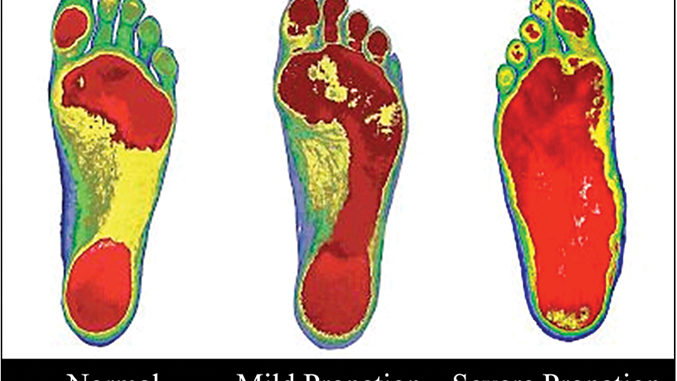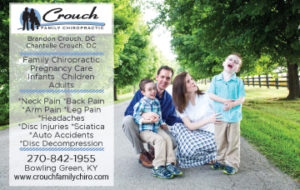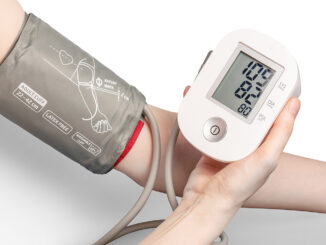
by Dr. Brandon Crouch
A tree’s stability is all in its roots. It’s about the foundation. When a tree’s root system is stable and firm it can withstand the strong winds. Your body acts in the same way. Your body’s health starts from the ground up. Scoliosis is the twisting, asymmetrical curvature of the spine. Your foundation for spinal health starts with the feet.
Pes planus simply means fallen arches, or flat feet. When the arches in your feet drop asymmetrically it causes instability in your feet. This instability can wreak havoc on your body and create the perfect opportunity for spinal scoliosis.
So, how do you know if your feet have instability? You can start with a self examination. Start by looking at your feet and legs in full-length mirror. Look at your toes to make sure they are growing straight and not overlapping. Look at both feet to see that they look symmetrical. Look at your legs to see if one leg or knee is rotating inward or outward more than the other leg. Moving up from there, check for level hips, level shoulders, or a tilted head.
Any signs of asymmetry should be evaluated by a health specialist. Rotation of the feet, overlapping of toes, or over pronation of one foot or both can lead to feet, knee, hip, pelvis, spine, or neck issues. A foot that rotates outward can be a sign of over pronation (flat feet), which can cause inward knee rotation, downward pelvis translation, and spinal scoliosis curvature.
To give an illustration here is the case history of a young boy. A 7-year-old child was presented to the office by his parents who stated they could see the second toe on both feet overlapping the other toes. After getting a history, I performed a spinal exam and a digital foot scan. The results were as follows: moderate to severe pronation of each foot with a high level of foot instability, occasional feet pain, and a bilateral restricted pelvis when the child ran.
In order to address these issues, the child’s foot and pelvis were adjusted and custom fitted orthotic stabilizers were prescribed for his feet. Within a couple weeks of wearing the custom orthotic stabilizers the child’s overlapping toes resolved and all other issues showed dramatic improvement.
It is important to note that not all concerns need intervention. For example, it is not uncommon for young children to have knocked knees with some slight pronation of the feet. They will typically self-resolve by the age of 7 or 8. I don’t like to make correction too early if cases are mild and could be self resolving.
If you notice early signs of a curved “scoliotic” spine (low shoulder, low shoulder blade, or low hip) or any other concerning characteristic of the feet, knees, or legs, please have an evaluation by a chiropractor. If issues are left uncorrected they could have life long effects. Your feet are the only things that touch the ground. By supporting your feet properly it will help balance your spine and help your body be strong and stable.
About the Author:
Dr. Brandon Crouch is a chiropractor with Crouch Family Chiropractic. Dr. Crouch is an advocate for being proactive when it comes to your health and encourages people to make healthy informed decisions. For more information or questions you can contact him online ator find him on facebook at www.facebook.com/CrouchFamilyChiropractic.
Disclaimer: This article is used for educational and informational purposes only. It is not intended to diagnose, treat, or cure any specific condition. If you have questions or concerns please talk with your doctor.




